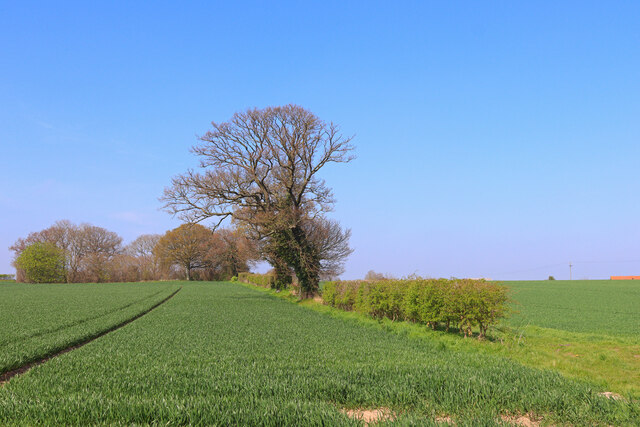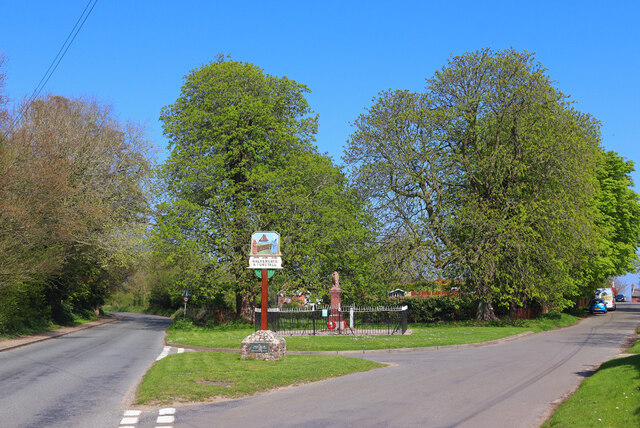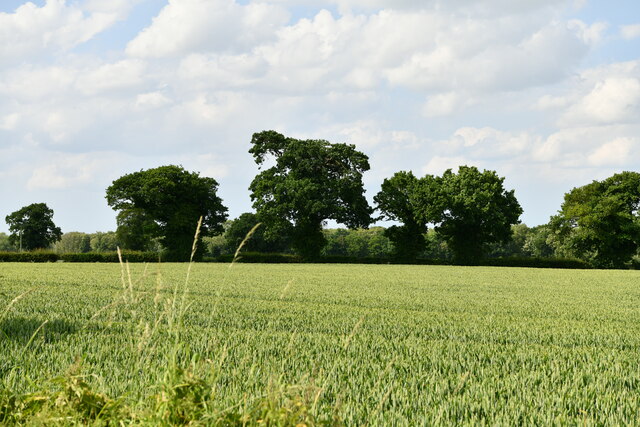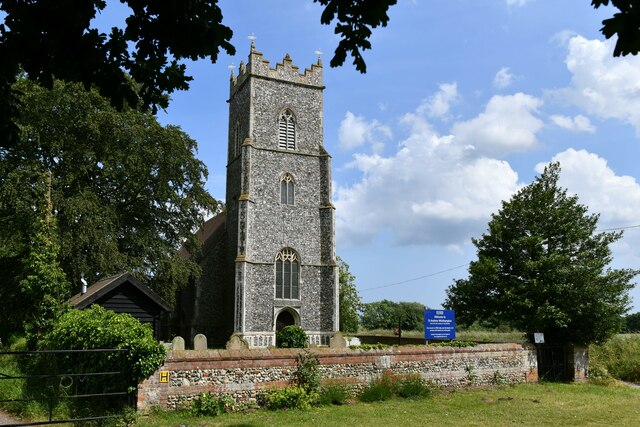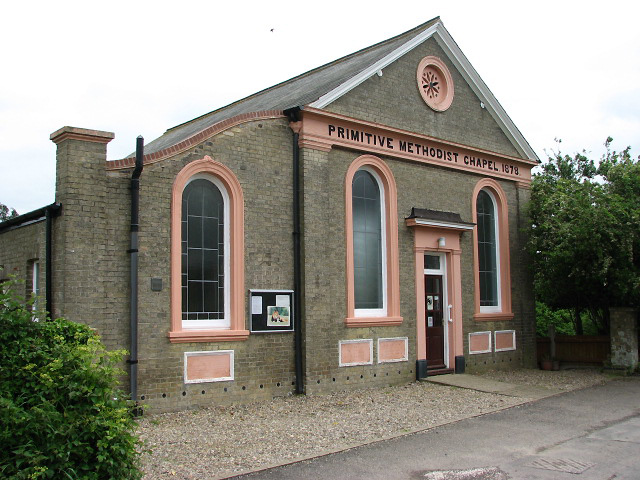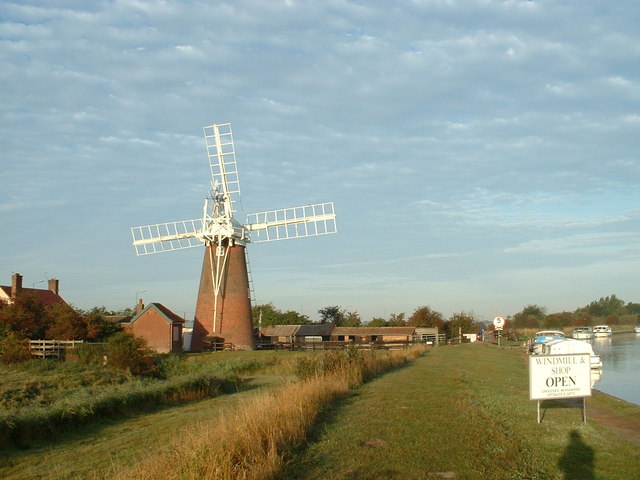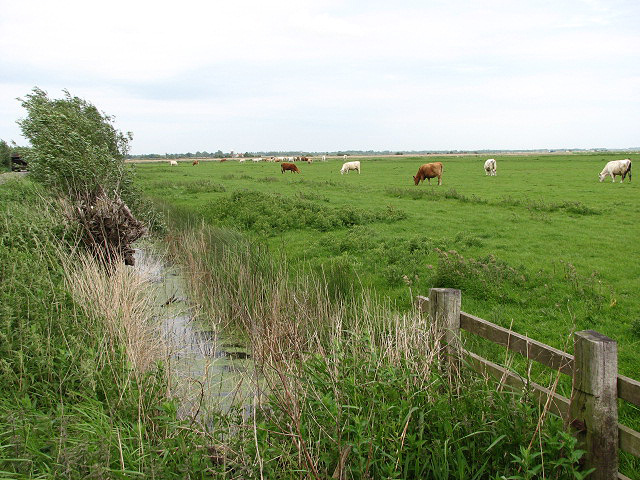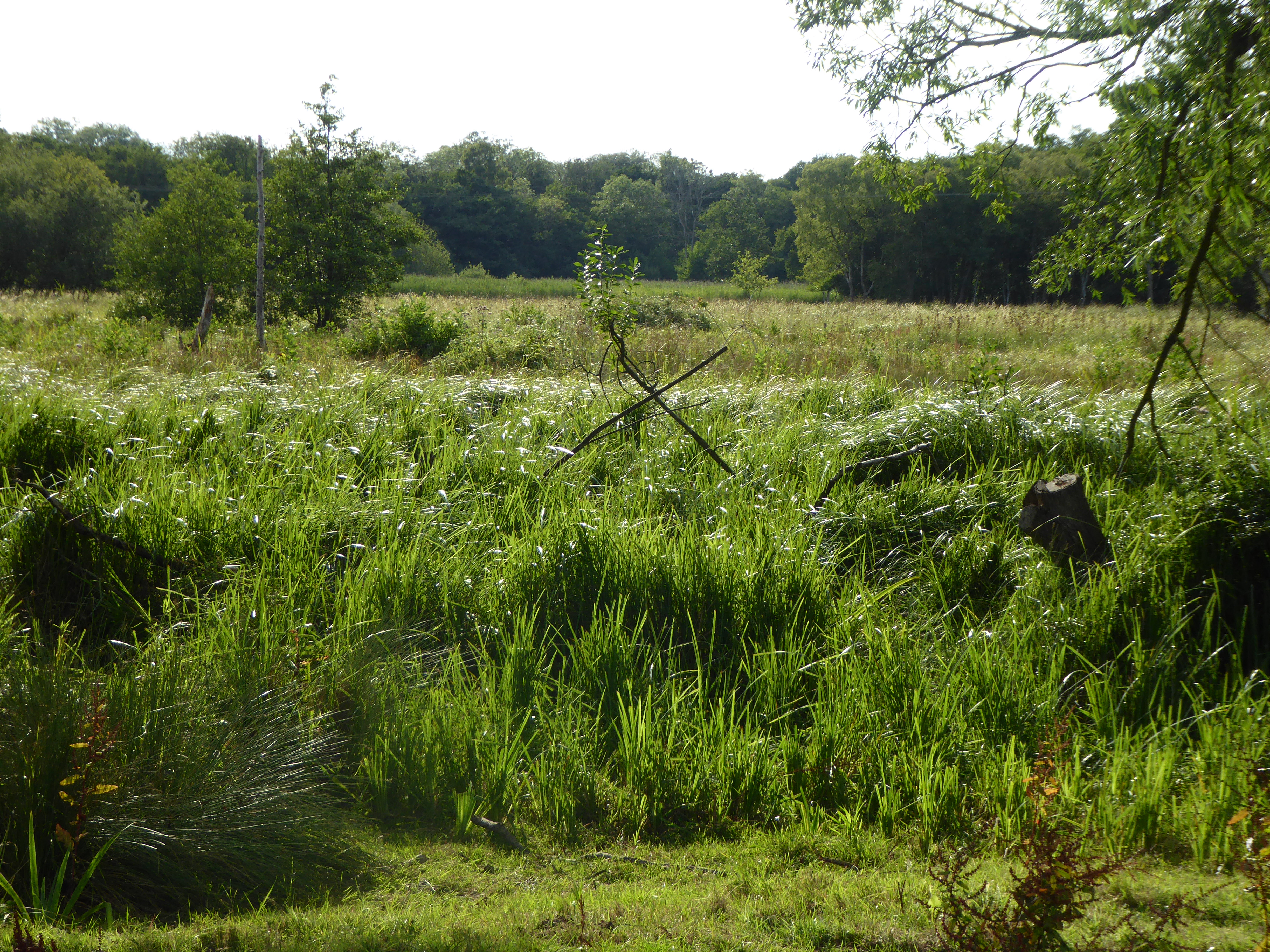Engine House Carr
Wood, Forest in Norfolk Broadland
England
Engine House Carr
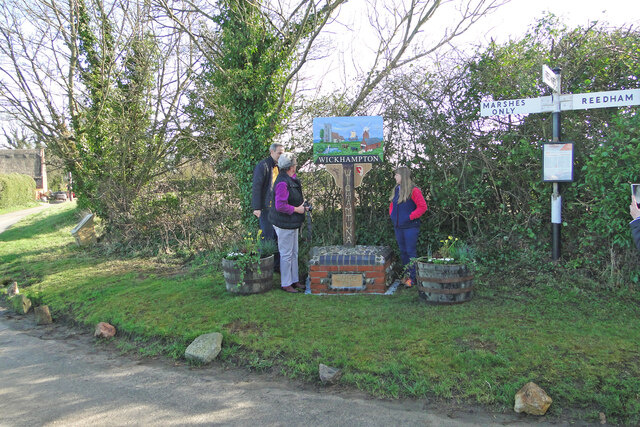
Engine House Carr is a woodland area located in Norfolk, England. It is part of the larger Thetford Forest, which spans over 19,000 hectares. The area is characterized by its rich biodiversity and dense woodland cover.
The name "Engine House Carr" originates from the historical use of the site. In the past, an engine house was built here to house a steam-powered engine used for drainage purposes. Today, the remnants of the engine house can still be seen, serving as a reminder of the area's industrial past.
The woodland is predominantly made up of native tree species such as oak, birch, and beech. This diverse mix of trees creates a varied and vibrant habitat for a wide range of wildlife. Visitors to Engine House Carr may encounter various bird species, including woodpeckers, owls, and warblers. Additionally, the woodland is home to small mammals like hedgehogs, rabbits, and squirrels.
The area offers a network of well-maintained footpaths and trails, allowing visitors to explore the woodland and appreciate its natural beauty. These paths provide access to several viewpoints that offer stunning vistas of the surrounding forest.
Engine House Carr is a popular destination for nature enthusiasts, walkers, and cyclists. Its peaceful and tranquil atmosphere makes it an ideal place for relaxation and connecting with nature. Whether exploring the historical remnants, observing wildlife, or simply enjoying a leisurely walk, Engine House Carr offers a unique experience in the heart of Norfolk's woodlands.
If you have any feedback on the listing, please let us know in the comments section below.
Engine House Carr Images
Images are sourced within 2km of 52.603303/1.5811182 or Grid Reference TG4206. Thanks to Geograph Open Source API. All images are credited.

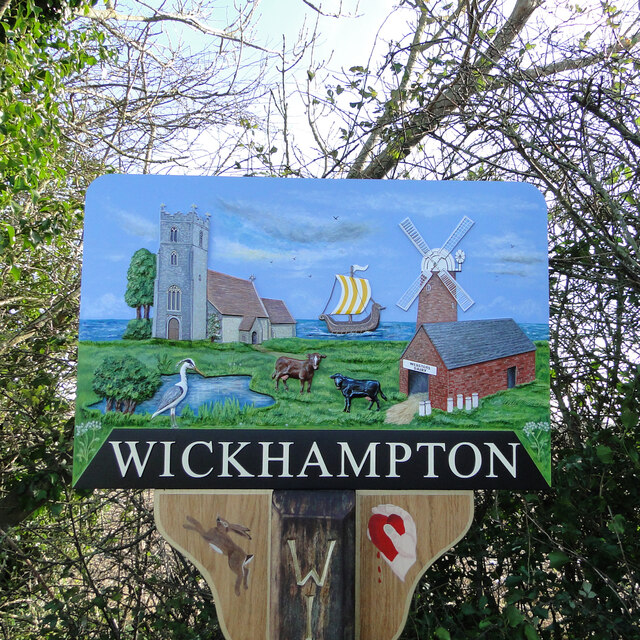
Engine House Carr is located at Grid Ref: TG4206 (Lat: 52.603303, Lng: 1.5811182)
Administrative County: Norfolk
District: Broadland
Police Authority: Norfolk
What 3 Words
///drumbeat.socket.cement. Near Acle, Norfolk
Nearby Locations
Related Wikis
Halvergate
Halvergate is a village and civil parish in the English county of Norfolk, north of Reedham, between the Rivers Bure and Yare, within The Broads. To the...
Mutton's Mill
Mutton's Mill (also known as Manor House Mill) is a windpump located on the Halvergate Marshes in the detached parish of Freethorpe within The Broads in...
Tunstall, Norfolk
Tunstall is a village and former civil parish, now in the parish of Halvergate, in the Broadland district of Norfolk, England. It lies some 14 miles (22...
Freethorpe
Freethorpe is a village and civil parish in the English of Norfolk. The village is located 7.2 miles (11.6 km) south-west of Great Yarmouth and 11 miles...
St Mary's Church, Moulton
St Mary's Church is a redundant Anglican round-tower church near the village of Moulton St Mary, Norfolk, England. It is recorded in the National Heritage...
Stracey Arms Windpump
Stracey Arms Windpump is a windpump located at Tunstall in the civil parish of Halvergate, Norfolk, England. It is a grade II* listed building. It takes...
Halvergate Marshes
The Halvergate Marshes are an area of grazing marsh in the east of the English county of Norfolk. They form part of the area of The Broads and lie between...
Decoy Carr, Acle
Decoy Carr, Acle is a 56-hectare (140-acre) biological Site of Special Scientific Interest south of Acle in Norfolk. It is part of the Broadland Ramsar...
Nearby Amenities
Located within 500m of 52.603303,1.5811182Have you been to Engine House Carr?
Leave your review of Engine House Carr below (or comments, questions and feedback).
